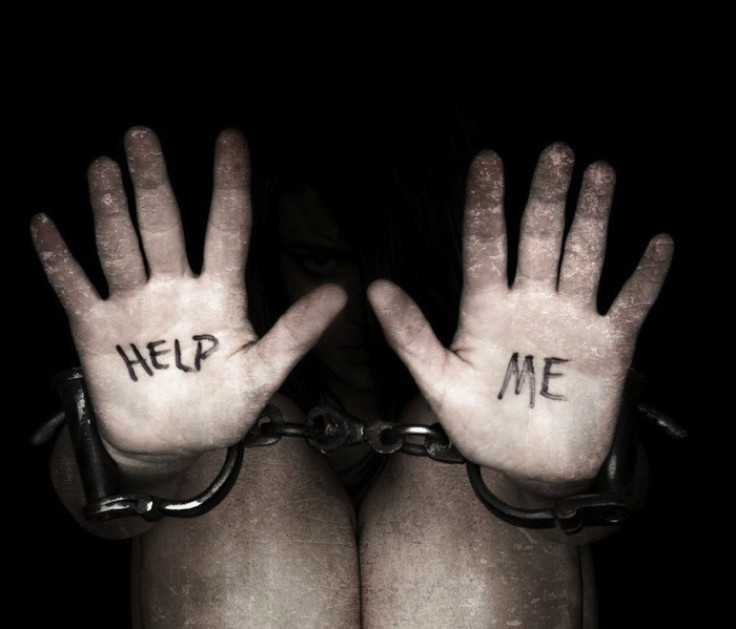World Day of Social Justice 2015: Ending poverty, human trafficking and forced labour

Today marks the World Day of Social Justice, observed annually on the 20 February to promote efforts to tackle issues such as poverty, exclusion and unemployment.
Since 2009, the United Nations General Assembly has observed the date as a day to pursue social development and justice by removing barriers of gender, age, race, ethnicity, religion, culture or disability.
"World Day for Social Justice comes at a pivotal moment for people and our planet," UN General-Secretary Ban Ki-moon said. "Around the world, there is a rising call to secure a life of dignity for all with equal rights and respect for the diverse voices of the world's peoples. At the core of this movement lies the need for social justice."
The theme for 2015 is ending human trafficking and forced labour.
"This year's commemoration focuses on the scourge of human trafficking and the plight of approximately 21 million women, men and children in various forms of modern slavery," Ban Ki-moon said.
"New instruments such as the ILO Protocol and Recommendation on forced labour and human trafficking are helping to strengthen global efforts to punish perpetrators and end impunity. We must continue to do more. We simply cannot achieve development for all if we leave behind those who are socially and economically exploited."
The General Assembly proclaimed 20 February as World Day of Social Justice in 2007, inviting Member States to devote the day to promoting national activities in accordance with the objectives and goals of the World Summit for Social Development and the 24th session of the General Assembly.
Facts about human trafficking and forced labour
Human trafficking represented an estimated $31.6 billion of international trade per annum in 2010 and is thought to be one of the fastest-growing activities of trans-national criminal organisations.
Of those exploited by individuals or enterprises, 4.5 million are victims of forced sexual exploitation.
Almost 21 million people are victims of forced labour – 11.4 million women and girls and 9.5 million men and boys.
Domestic work, agriculture, construction, manufacturing and entertainment are among the sectors most concerned with forced labour.
Migrant workers and indigenous people are particularly vulnerable to forced labour.
An estimated 30,000 victims of sex trafficking die each year from abuse, disease, torture, and neglect.
The total number of child labourers remains high, with Unicef and the International Labour Organisation acknowledging an estimated 168 million children aged five to 17 are involved worldwide.
Several countries rank high as source countries for human trafficking, including Belarus, the Republic of Moldova, the Russian Federation, Ukraine, Albania, Bulgaria, Lithuania, Romania, China, Thailand, and Nigeria.
© Copyright IBTimes 2024. All rights reserved.






